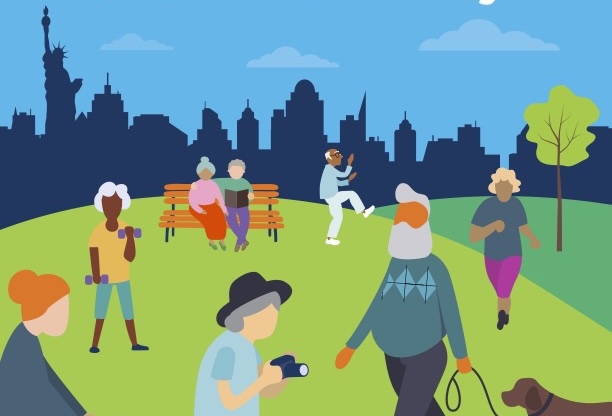
NYC older adult centers need to address the needs of a new constituency: Aging baby boomers

The Baby Boomer generation is aging — and that is causing a major demographic shift in New York City. Overall, the older adult population is expected to increase by 40% by 2040, and some neighborhoods are seeing even more rapid change. In Southwest Brooklyn, a Naturally Occurring Retirement Community (NORC), NYC Aging has projected a 75% increase in demand for older adult services over the next 7 years. To prepare for this fundamental shift, Older Adult Centers (OACs) must anticipate this population’s unique, multifaceted needs. Boomers, born between 1946 and 1964, are entering their golden years amid health challenges, social change, technological leaps, and more. It’s essential that OACs adopt a new model of aging that promotes health, cultural diversity, education, and community. All of this is key to ensuring that our neighbors can grow older within their own communities and live happier, more active lives.

Photo courtesy NYC Health
The role of OACs is perhaps most clear in health. Among older adults, fitness is important — but inactivity is widespread. It can increase the risk of chronic illness as well as mortality. When OACs offer tailored, evidence-based fitness activities, as well as health education and wellness programs, that can translate into longer lives. Isolation, also common among older adults, is another risk factor for physical decline, as well as mental health issues. OACs again serve as a lifeline, as group activities offer opportunities for shared experiences, friendship, and social well-being.
With regard to social supports, traditional Older Adult Center activities like games, are wonderful, but there is so much more that can be offered that not only promotes connection, but enrichment and learning. Art, music, and dance programs are all key means of enhancing older adults’ lives — and workshops and lectures lead to intellectual stimulation and personal growth. OACs can also connect Boomers to opportunities for mentorship, consulting, and volunteer work, which not only help them remain active, but contribute to the economic vitality of the community.
Leave a Comment
Related Articles


NYC’s dramatic return to a clean water environment is within reach, but there’s one major problem

RSA speaks out on ‘eviction tsunami’

Brooklyn Democratic Party holiday gala: Giving back & looking to 2024 ‘blue wave’
Leave a Comment

Bay Ridge
View MoreThe Brooklyn Daily Eagle and brooklyneagle.com cover Brooklyn 24/7 online and five days a week in print with the motto, “All Brooklyn All the Time.” With a history dating back to 1841, the Eagle is New York City’s only daily devoted exclusively to Brooklyn.
© 2024 Everything Brooklyn Media
https://brooklyneagle.com/articles/2024/02/20/nyc-older-adult-centers-need-to-address-aging-baby-boomers/
